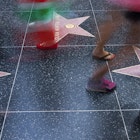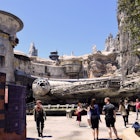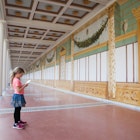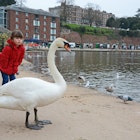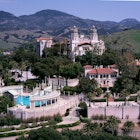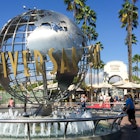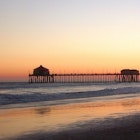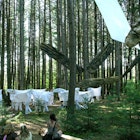You might think that Los Angeles is all about entertainment, with major drawcards such as Hollywood and Disneyland. But there’s another side to the city, in which science and technology are celebrated.
From prehistoric fossils to space travel, LA is home to excellent museums which explore human ingenuity and the world around us. Here are four of the best.

Trapped fossils
The La Brea Tar Pits Museum has been a popular attraction for decades, having opened in 1977. However, the site it stands on has a much longer history. For tens of thousands of years, liquid asphalt has bubbled up from beneath the ground, trapping creatures that were caught by this sticky, unyielding substance.
Over the past century, vast numbers of fossilized bones have been excavated from the site. Within the main building, you can see full-sized reconstructions of mighty animals that once roamed California and blundered into the murk, including bison, bears, dire wolves, a camel, and a mighty Columbian mammoth.
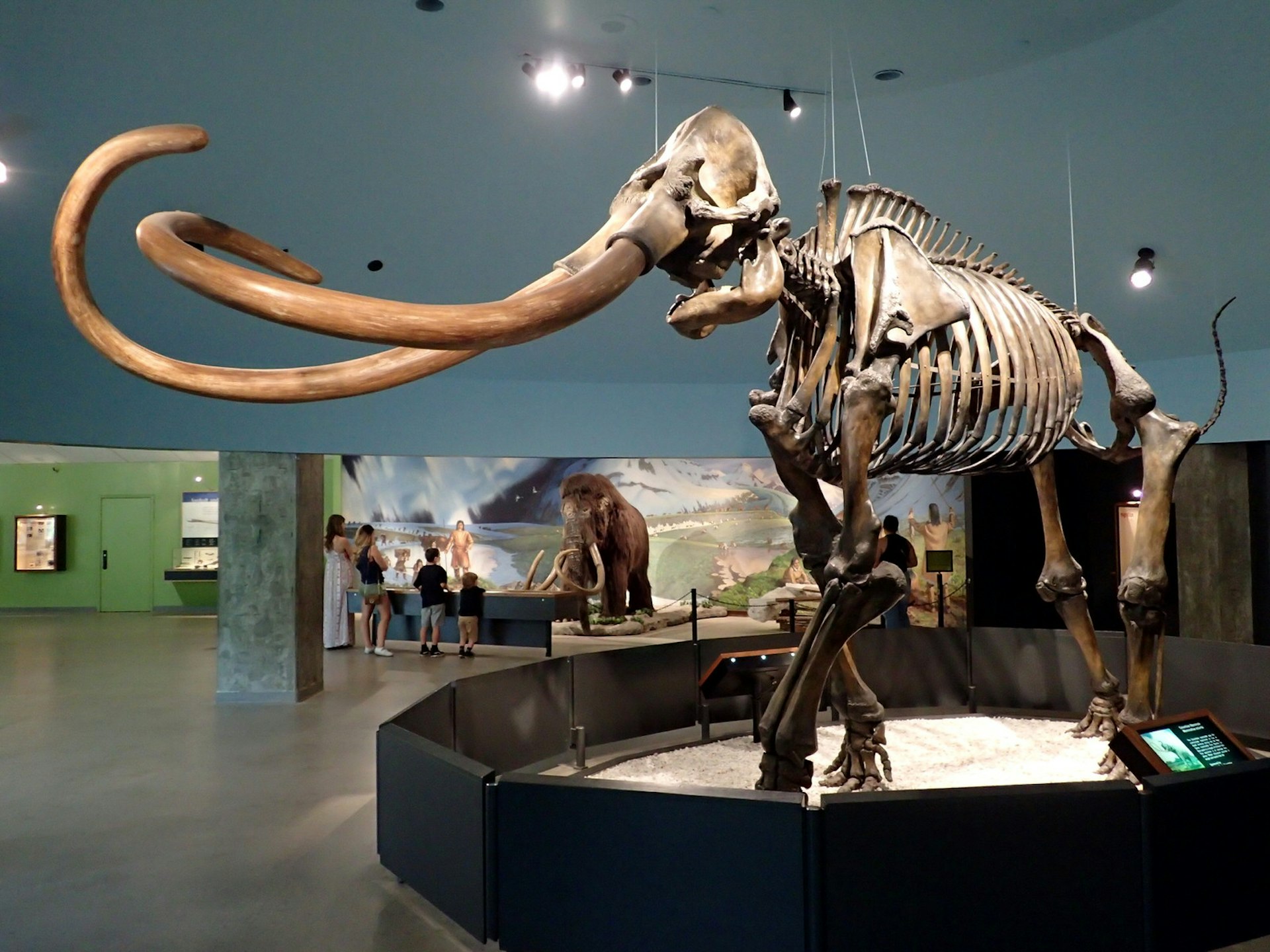
There are also plenty of predators, large numbers of which were drawn to the pits by the distress of trapped herbivores. The most impressive is the now extinct Californian saber-tooth, whose remains suggest a creature you wouldn’t ever want to meet in the wild.
Beyond its display cases, the museum offers a regular Ice Age Encounters show, an entertaining live presentation aided by a ‘live’ saber-tooth roaring at the audience. You can also peer through glass at the ongoing paleontological work taking place in a lab, and join a guided tour of the grounds. Resist the urge to hop the fence into the asphalt seeps though; you might be there for a very long time.
The need for speed
A short walk from La Brea across Wilshire Boulevard is the Petersen Automotive Museum. Forget the prehistoric era – now you’re firmly in modern times, specifically the 20th century when LA fell in love with the car.
Your first glimpse of the museum, however, is pure 21st century. In 2015 the institution was adorned with a huge eye-catching shell, featuring enormous undulating ribbons of steel over red walls. The interior was revamped at the same time, producing exhibition halls as shiny and smooth as a Maserati. The uncluttered white space allows the vehicles to pop out with their bright colors and sleek curves.
The best place to start is the third floor, where you’re introduced to automotive history via a beautiful replica of an 1886 Benz Motorwagen, the first real car. Beyond it are many original vehicles once driven in California, from a 1900 Smith Runabout to a startlingly yellow 1992 Aluma Coupe.
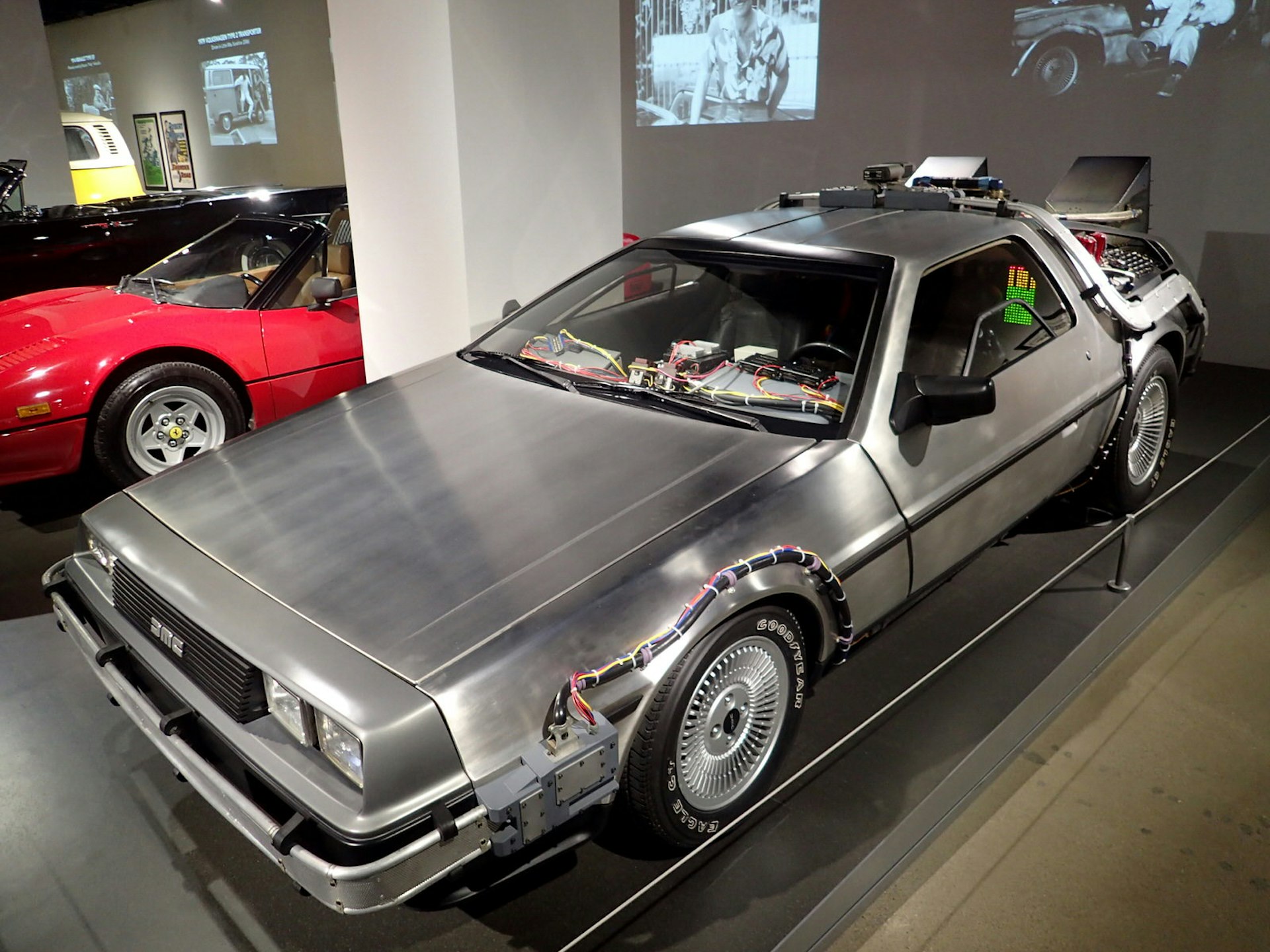
A large section is devoted to vehicles connected with movie-making, appropriate considering nearby Hollywood’s role in popularizing the car. Among these exhibits is a 1988 motorbike with a camera platform that was used to film action sequences in movies such as Terminator 2; Fatty Arbuckle’s stylish 1914 Renault; a Lincoln Continental that appeared in the TV series Entourage; and a 1981 DeLorean from Back to the Future.
Other sections of the museum explore the science and technology behind car manufacture, and there’s also a focus on design. The Silver Gallery showcases luxury cars, while the Rolling Sculpture exhibition features astonishingly beautiful, stylized vehicles built in the 1920s and 1930s.
The final frontier
The California Science Center is a vast shrine to science and technology which you could spend a whole day in. Not only are the permanent exhibitions free, but they cover a broad range of topics from natural history to aeronautics.
The Ecosystems section features a living kelp forest aquarium, and the World of Life explains the biological processes behind all living things. The Creative World explores invention as applied to structures and transport, and Air & Space focuses on planes and space travel.
This last section acts as a curtain-raiser to the Center’s most famous special exhibit, the Space Shuttle Endeavour. In 2012, the decommissioned spacecraft was towed through the LA streets to end up here, its final home.

Before you see the Endeavour, you pass exhibits that set the tone for the encounter: space shuttle tires you can thump, a shuttle toilet you can puzzle over, and a reconstructed mission control center. There’s also a Space Shuttle Simulator you can ride as it tilts and shudders through a re-created mission.
Nothing though is as breathtaking as the shuttle itself. Hovering above your head, it’s a vast and magnificent craft which you can’t take your eyes off as you examine the huge engines or pick out the individual heat tiles on its exterior.
Around the walls are signs detailing all Space Shuttle missions, including those of the ill-fated Challenger and Columbia on which the crews lost their lives. They’re a sobering reminder of the perils of space.
Star gazing in Hollywood
Inspired by space travel, you might like to finish your science-oriented exploration of LA with a visit to Griffith Observatory. High up on Mount Hollywood, with a view of the Hollywood sign, it was opened in 1935 as an educational institution.
Built in an elaborate art deco style, its facade resembles a huge set from a Flash Gordon movie. The interior is equally lavish, with the central rotunda colorfully decorated with figures from Greek myth. Dangling from it is a Foucault’s Pendulum, which swings back and forth in a circular pit, occasionally knocking over rods to prove the existence of the Earth’s rotation.
In addition to a planetarium and displays about astronomy, the upper level is home to a giant Tesla coil that fires off spectacular bolts of electrical power during scheduled demonstrations.
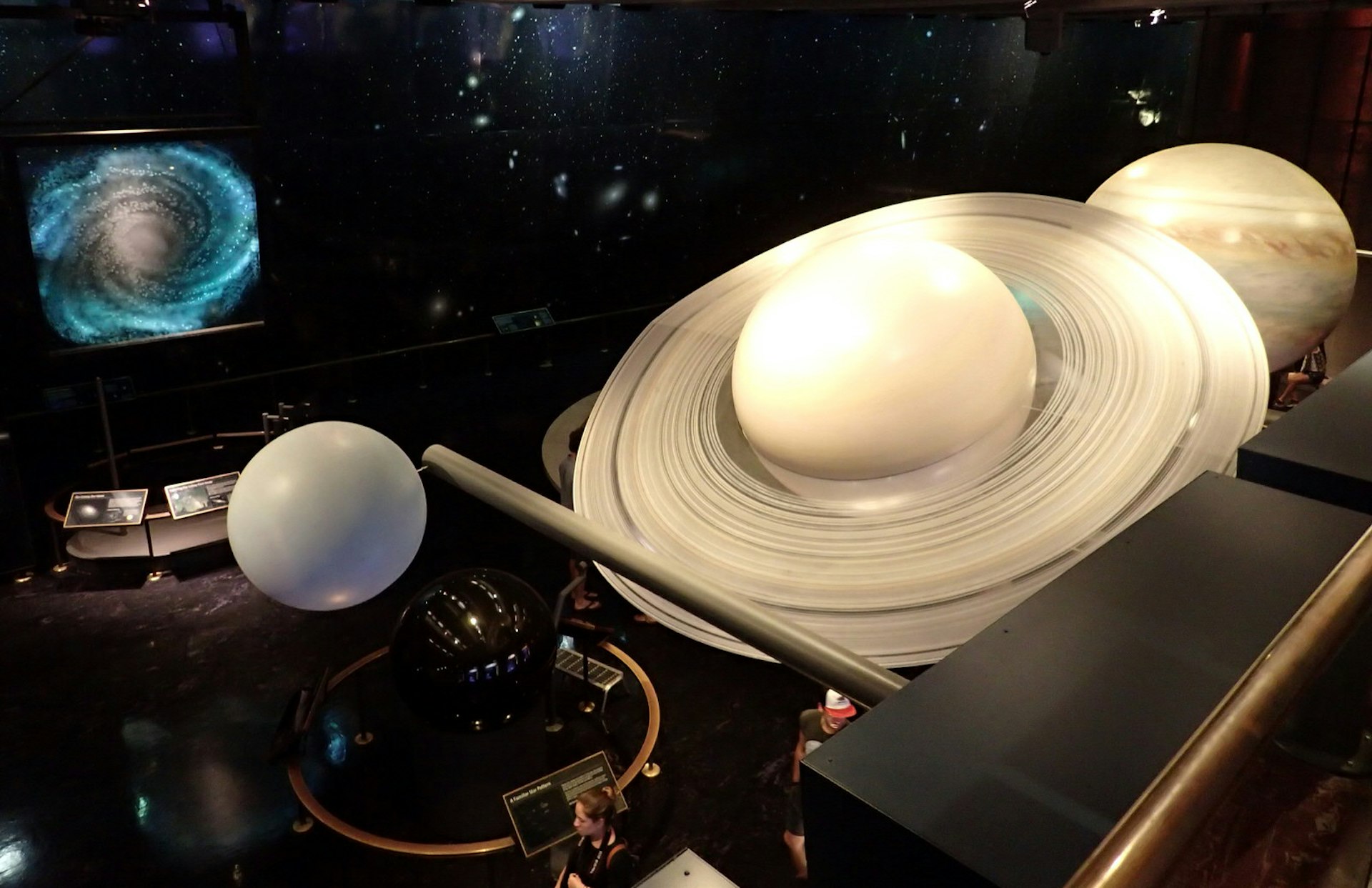
Beneath the original building is a newer hall, devoted to explaining the structure of the universe. Each planet of our solar system has its own display, with models of its surface. As a bonus, you can stand on a platform for each planet to see how much you’d weigh on that world.
Outside, there’s a sweeping view of Los Angeles from the observatory’s terraces, from the city’s Downtown towers to the blue of the Pacific Ocean. Stay after sunset and you’ll see a field of twinkling lights come on below, to match the mysteries of the skies above.
Tim Richards visited Los Angeles with assistance from Discover Los Angeles (discoverlosangeles.com). Lonely Planet contributors do not accept freebies in exchange for positive coverage.




